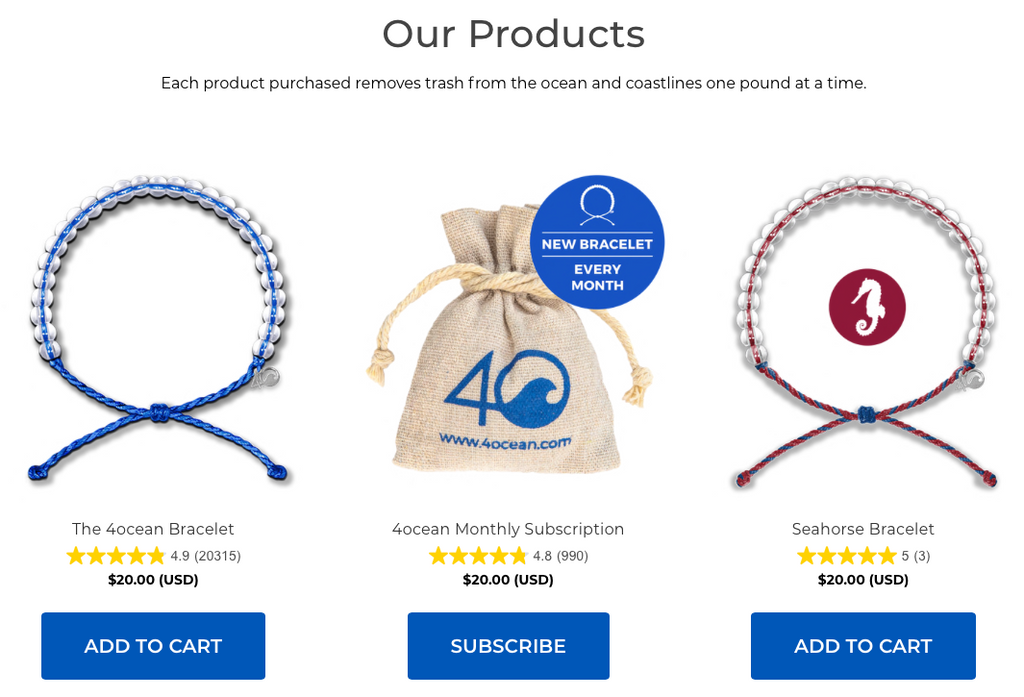The leatherback sea turtle is one of the oldest living turtle species in the world, dating back to the time of dinosaurs. Their adaptations for life in the open ocean have served them well for millennia, however, the same characteristics that once helped these ancient creatures to survive are now causing them some real modern problems.
Ocean plastic pollution is a serious threat to leatherbacks for a number of reasons. Entanglement in things like ghost nets, buoy lines, and other marine debris can injure or even kill leatherbacks. This fishing gear is often discarded or lost at sea and can go on killing for years before it sinks to the bottom. Another significant danger is longlines which are monofilament lines baited with thousands of hooks that can be many miles long. The leatherbacks are attracted by the bait, which is often squid, and when they become hooked they can drown because they are not able to reach the surface to breathe.

Leatherbacks almost exclusively feed on jellyfish, consuming as much as 800 to 900 pounds of them every day. Plastic bags and other marine debris can resemble their food, which means they're often ingested by mistake. Because they have hundreds of long, downward-facing spines in their throats to keep jellyfish from slipping back out, they are not able to regurgitate the plastic once it is eaten. They can develop blockages in the stomach and intestines that can lead to malnourishment and death.
Another threat not related to ocean plastic pollution, but that's still related to man is the illegal poaching of the turtles' eggs, which are considered delicacies and aphrodisiacs in some cultures, as well as the killing of the females for their meat. Local people mainly in Central America, Oceana, and Asia have learned that turtles nest during certain times of the year and they look for the turtles when it's nesting season. The critically endangered Pacific population has all but collapsed because of these practices. In nature, maybe only one hatchling in a thousand will reach adulthood, so any amount of additional shrinkage of the population is devastating.

For the month of June 2019, we introduced the Leatherback Sea Turtle Bracelet and partnered with the Florida Atlantic University® Marine Research Lab to help fund critical leatherback research being done there. They are one of the only labs in the world that have successfully been able to raise hatchlings in captivity for study before releasing them alive and unharmed back out into the open ocean. The types of things they are learning now will help them to create better species management practices in the future. Check out this video of the first few hours of leatherback hatchlings life in the lab.

If you have ever seen a leatherback in the wild, let us know in the comment section below. Make sure to follow us on YouTube, Facebook, Instagram, and Twitter to stay up to date on all things 4ocean! Also, head on over to our Discover 4ocean Facebook Group to get in on the conversation around ocean plastic pollution and other important ocean conservation topics.


